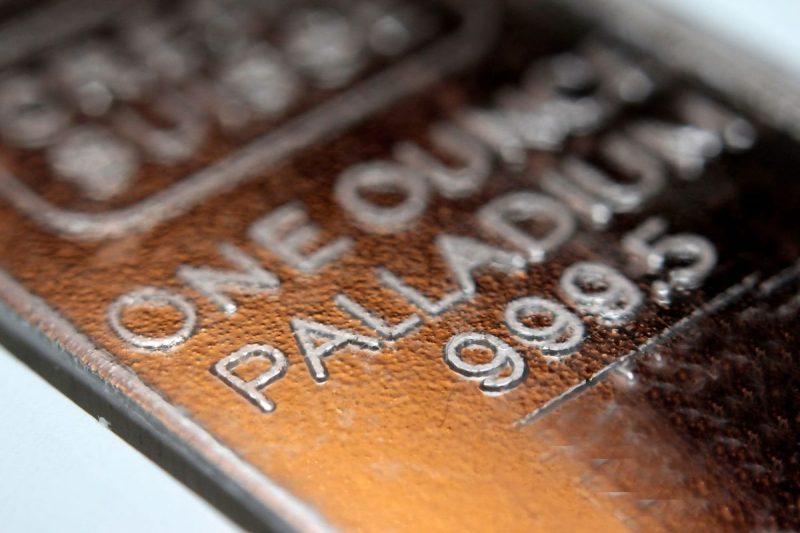The recent surge in popularity of PGMS (Platinum Group Metals) is intertwined with global shifts in geopolitics and economic interests. As the United States escalates pressure on G7 countries to impose sanctions, there is a growing spotlight on the BRICS nations (Brazil, Russia, India, China, and South Africa) as potential trade alternatives. The intricate dance of power and economics is reshaping the landscape of metal markets and international relationships.
PGMS, including metals such as platinum, palladium, rhodium, ruthenium, and iridium, have witnessed a surge in demand due to their unique properties and applications across various industries. These metals are crucial components in the production of catalytic converters, electronics, jewelry, and fuel cells. The recent emphasis on clean energy and sustainability has further boosted the demand for these metals, particularly palladium and rhodium, which are essential in catalytic converters for gasoline-powered vehicles.
The United States’ efforts to push G7 countries to impose sanctions have added a layer of complexity to the global trade dynamics. The escalation of tensions with traditional allies has prompted a reevaluation of trade partnerships and supply chains. As a result, the BRICS nations are gaining prominence as potential alternatives for countries seeking to diversify their trade relationships. With their growing economies and strategic positions, these countries offer new opportunities for collaboration and investment.
Russia, one of the key producers of PGMS, holds significant leverage in the global market. As the US pressures its allies to reduce reliance on Russian metals, there is a growing interest in exploring partnerships with other producers, including South Africa and Brazil. These countries possess rich reserves of PGMS and have the potential to emerge as major players in the global metal market.
China, a dominant force in the global economy, plays a pivotal role in shaping the future of PGMS trade. The country’s increasing demand for these metals, driven by its expanding automotive and electronics industries, has profound implications for global supply chains. China’s strategic investments in PGMS mining projects in Africa and Latin America underscore its ambition to secure a stable supply of these critical metals.
India, another BRICS member, is also positioning itself as a key player in the PGMS market. The country’s growing automotive sector and burgeoning electronics industry offer new opportunities for partnerships and investments in metal production and processing. India’s focus on sustainable growth and technological innovation aligns with the increasing demand for PGMS in clean energy and green technologies.
In conclusion, the surge in PGMS popularity is a reflection of the evolving dynamics of global trade and geopolitics. As the United States pushes for sanctions against Russia, the BRICS nations are emerging as viable alternatives for countries seeking to diversify their trade relationships. The interplay of economic interests, geopolitical tensions, and environmental concerns is reshaping the landscape of metal markets and international alliances. In this shifting terrain, PGMS stand out as valuable commodities with the potential to drive innovation and sustainable development in a rapidly changing world.

